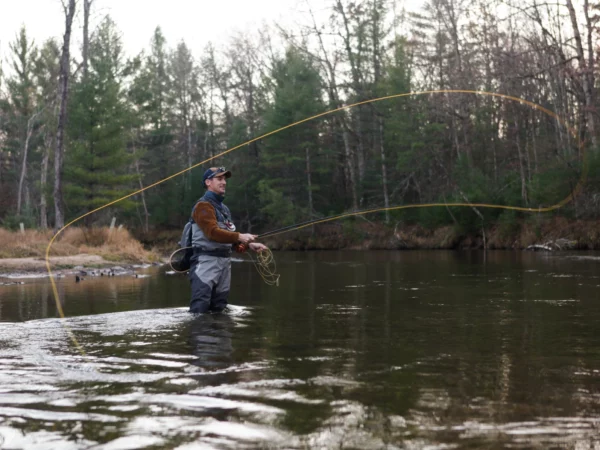
By Lester Graham, Michigan Radio
The Great Lakes News Collaborative includes Bridge Michigan; Circle of Blue; Great Lakes Now at Detroit Public Television; and Michigan Radio, Michigan’s NPR News Leader; who work together to bring audiences news and information about the impact of climate change, pollution, and aging infrastructure on the Great Lakes and drinking water. This independent journalism is supported by the Charles Stewart Mott Foundation. Find all the work HERE.
The Great Lakes in Peril: Invasives, Pollution, and Climate Change is a production of The Environment Report.
Listen to the full documentary HERE on Michigan Radio’s website.
When you visit one of the Great Lakes, whether it’s a sandy beach or a rocky coastline, it’s hard to imagine how something so big could be affected so profoundly by alien invasive species, or pollution, or climate change. This Environment Report special looks at each of these threats.
Invasives
It starts out with the changes in the bottom of the food web (at 1:00 in the audio). With the invasion of zebra and quagga mussels, agricultural pollution, and climate change, diatoms, microscopic phytoplankton, are disappearing. Without plankton, some organisms such as diporeia are being wiped out (at 3:25). Ultimately, it means there is less food for fish.
Great Lakes in Peril explores how many invasive species such as quagga mussels -the culprits primarily responsible for damaging the bottom of the food web- got into the Great Lakes and what’s left to be done to stop their spread.
The documentary also looks at efforts to keep invasive carp out of the Great Lakes (6:50), although those efforts might not be able to stop them.
Pollution
The largest source of pollution in the Great Lakes is phosphorous runoff from farmland. The nutrient feeds cyanobacteria. That’s a harmful algal bloom which can harbor a toxin that can make humans and animals sick. This year the blooms were smaller in western Lake Erie, but scientists say that does not mean the problem is going away (13:00).
Other pollution concerns include plastics which trash beaches, harm wildlife, and are getting into drinking water and even Great Lakes beer (14:30) Industrial and agricultural chemicals, combined with pharmaceuticals are mixing together in a vast chemical soup that’s can combine to make new more toxic compounds (17:54)
Perhaps the biggest pollution concern in Michigan is pollution that’s not even happened. Environmentalists, Native American communities, and a fair number of Great Lakes businesses want Enbridge Energy’s Line 5 shut down (21:24).
Climate Change
The effects of climate change are altering nature in many ways and you can see that more clearly in the lakes and streams that flow to the Great Lakes. Citizen scientists and anglers are seeing those changes in the behavior of aquatic insects and the absence of some fish (31:30). Heavier rain storms are causing more flooding in some areas. Some cities are working to change how they deal with urban runoff in an effort to reduce the flooding problem and the answer is not always bigger concrete pipes (36:25)
The biggest changes are likely still to come. The Great Lakes themselves are warming in unpredictable and volatile ways. Lake Erie is the shallowest of the five lakes and it’s more susceptible to the warming. Lake Superior is the biggest and deepest of the lakes and it’s also warming as are many of the world’s largest lakes. Those changes include dramatic changes in ice cover on the lakes with some years more than usual and some years a lot less (41:50).
Even with those changes, the Great Lakes region is faring better than other parts of the U.S. With years-long droughts in some areas, wildfires in others, and increased hurricane activity on the Atlantic and Gulf coasts, the Great Lakes are starting to look pretty good to some people. Can we expect climate change migration into this region? (45:55)
Catch more news on Great Lakes Now:
Dealing with the soup of chemicals that can get into your drinking water
Michigan’s climate-ready future: wetland parks, less cement, roomy shores
Green Infrastructure: Cities around the Great Lakes plan for a changing future
API key not valid. Please pass a valid API key.1 Comment
-
100000/10 😍




